The Garden of Allah (1936)
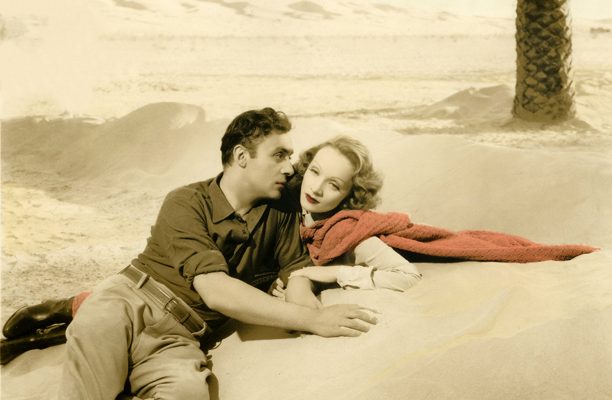
Toronto Film Society presented The Garden of Allah (1936) on Sunday, January 27, 1985 in a double bill with Joseph Andrews as part of the Season 37 Sunday Afternoon Film Buffs Series “A”, Programme 7.
Production Company: Selznick International. Producer: David O. Selznick. Director: Richard Boleslawski. Screenplay: W.P. Lipscomb and Lynn Riggs, based on the novel by Robert Hichens. Assistant Director: Eric Stacey. Art Direction: Sturges Carnes, Lyle Wheeler, Edward Boyle. Photographer: W. Howard Greene. Production Designer: Lansing C. Holden. Costumer: Ernst Dryden. Musical Score: Max Steiner. Color Supervisor: Natalie Kalmus. Photographic Advisor: Harold Rosson.
Cast: Marlene Dietrich (Domini Enfilden), Charles Boyer (Boris Androvsky), Basil Rathbone (Count Anteoni), C. Aubrey Smith (Father Roubier), Tilly Losch (Irena), Joseph Schildkraut (Batouch), John Carradine (Sand Diviner), Alan Marshal (de Trevignac), Lucille Watson (Mother Superior), Henry Brandon (Hadj).
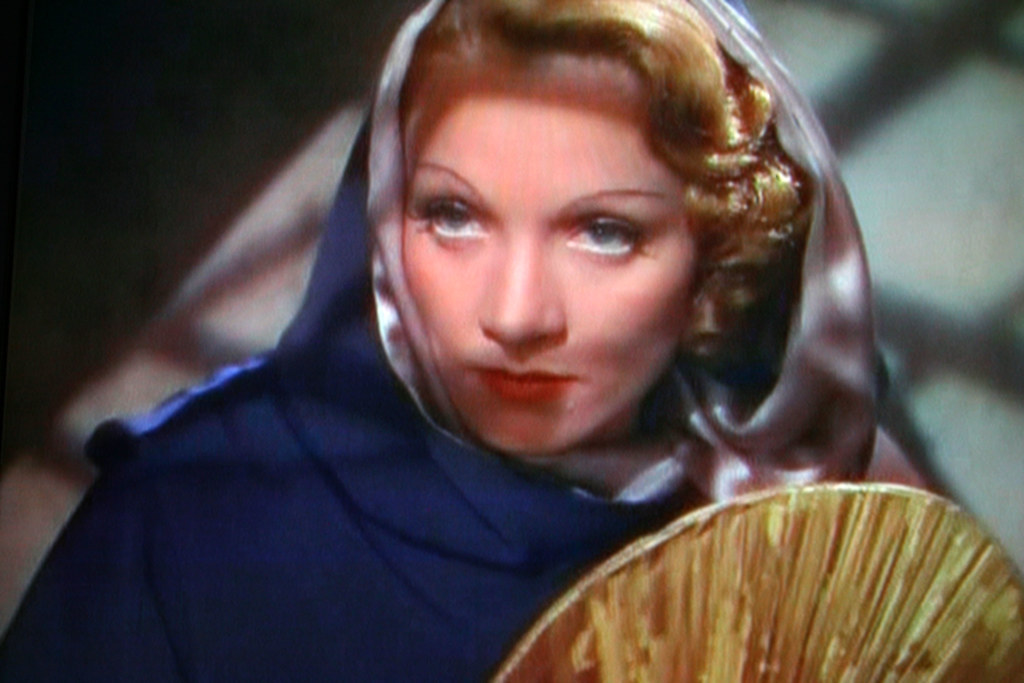
The Garden of Allah was filmed in Technicolor with great success, one of the first films to use this new process. W. Howard Greene and Harold Rosson won Academy Awards for their work as photographer and photographic advisor. Nominations for Academy Awards were received by Max Steiner as composer of the score and Eric Stacey as assistant director.
Contemporary reviews were quite favourable. The New York Times praised the choice of Robert Hichens’ 1904 novel for the basis of the story and described it as a “distinguished motion picture, rich in pictorial splendor…engrossingly acted.” Newsweek applauded the performances of Dietrich and Boyer as the finest of their careers.
The filming of The Garden of Allah was beset by grave problems and controversy. Miss Dietrich was loaned out by Paramount to David O. Selznick for the project and she had a deep antipathy for him. Selznick, for his part, was dismayed by most of Dietrich’s films made with von Sternberg and lectured her on her preoccupation with her appearance. Dietrich disliked the script intensely and complained interminably to Joshua Logan who was the dialogue supervisor. “That screenplay,” she ranted. “I swear I said, ‘Only God and I know what’s in my heart’ a hundred and five times. Finally I said to Josh, ‘Can’t Charles Boyer say it the hundred and sixth time?'”
The director, Richard Boleslawski, a dashing former Russian dancer, found his match in this picture. Outdoor filming took place in the desert of Yuma, Arizona in 135 degree Fahrenheit temperatures. A few months after the production was finished, Boleslawski was dead from drinking infected water. Selznick was distressed by Dietrich’s improbably perfect appearance in every scene and complained that her hair was never ruffled even in a windstorm. As usual, her clothes are wonderful, if somewhat inappropriate in the North African desert.
Despite these problems, the film is a vintage 1930’s melodrama, the sort of glamorous star vehicle which could never be made today. Modern critics tend to view it as an exercise in camp, but of course this was not the intention of the director or the stars.
New York Times Film Reviews, 1936;
The Films of Marlene Dietrich by Homer Dickens;
Marlene by Charles Higham.
Notes by Steve Greiner

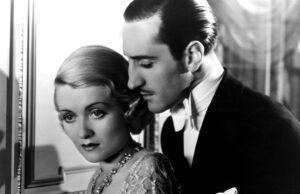
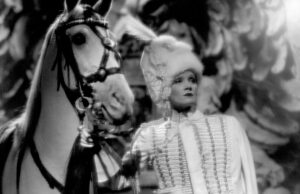
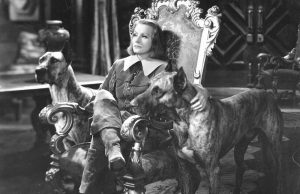






Leave a Reply